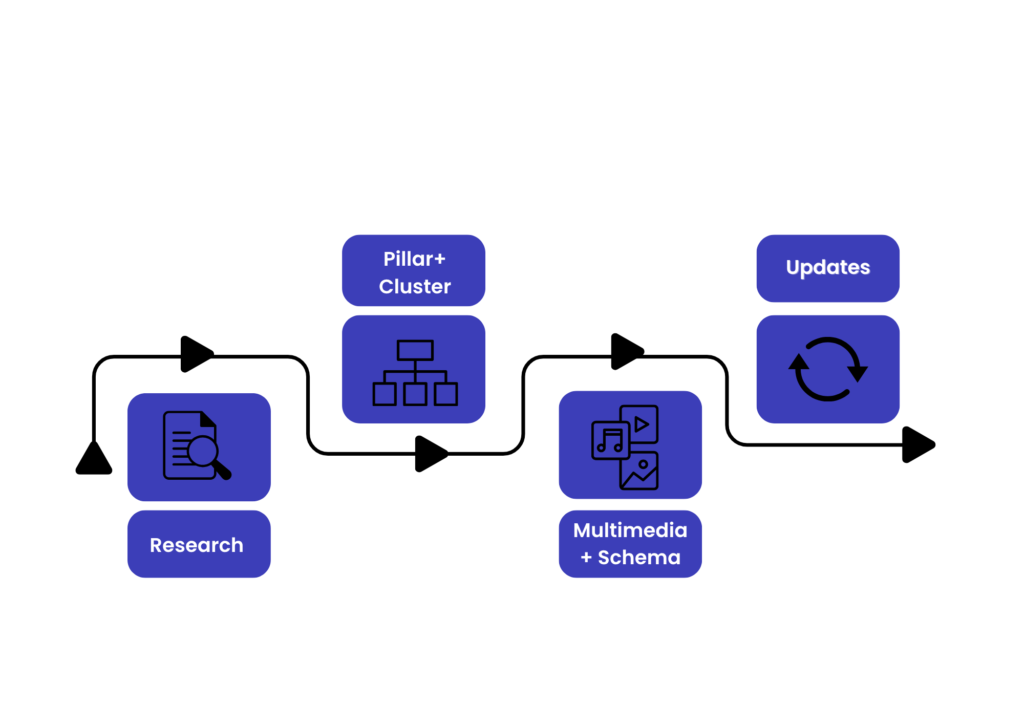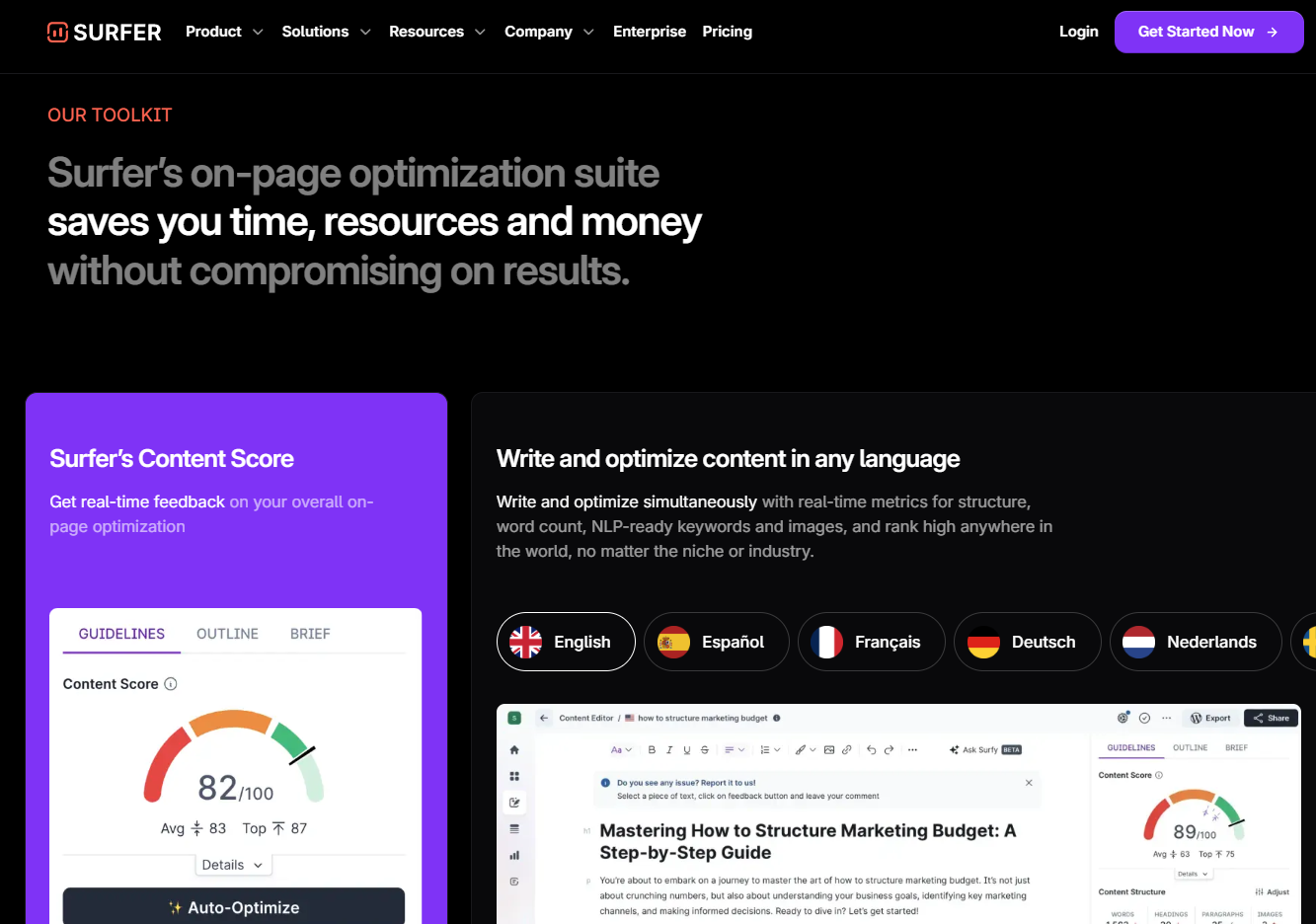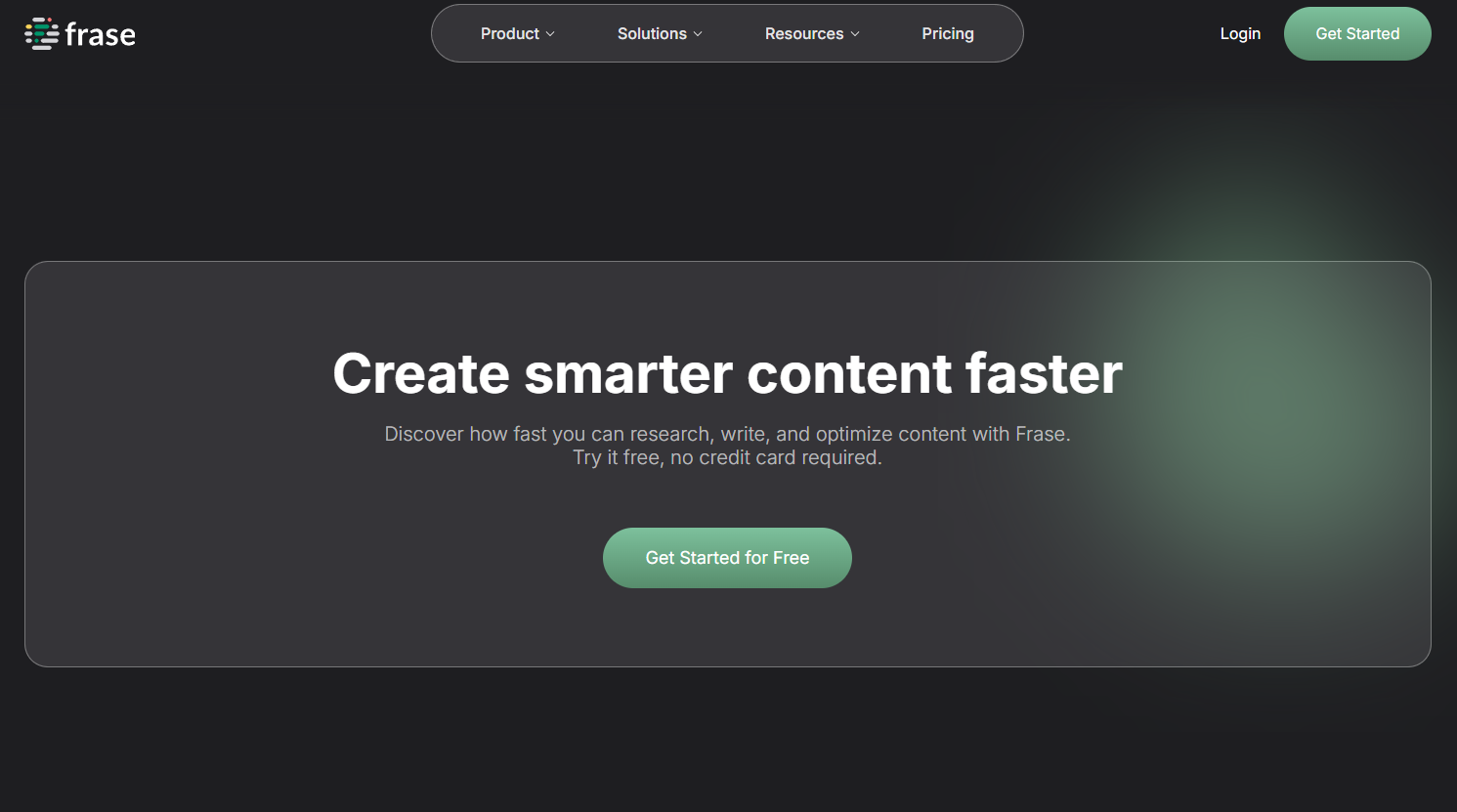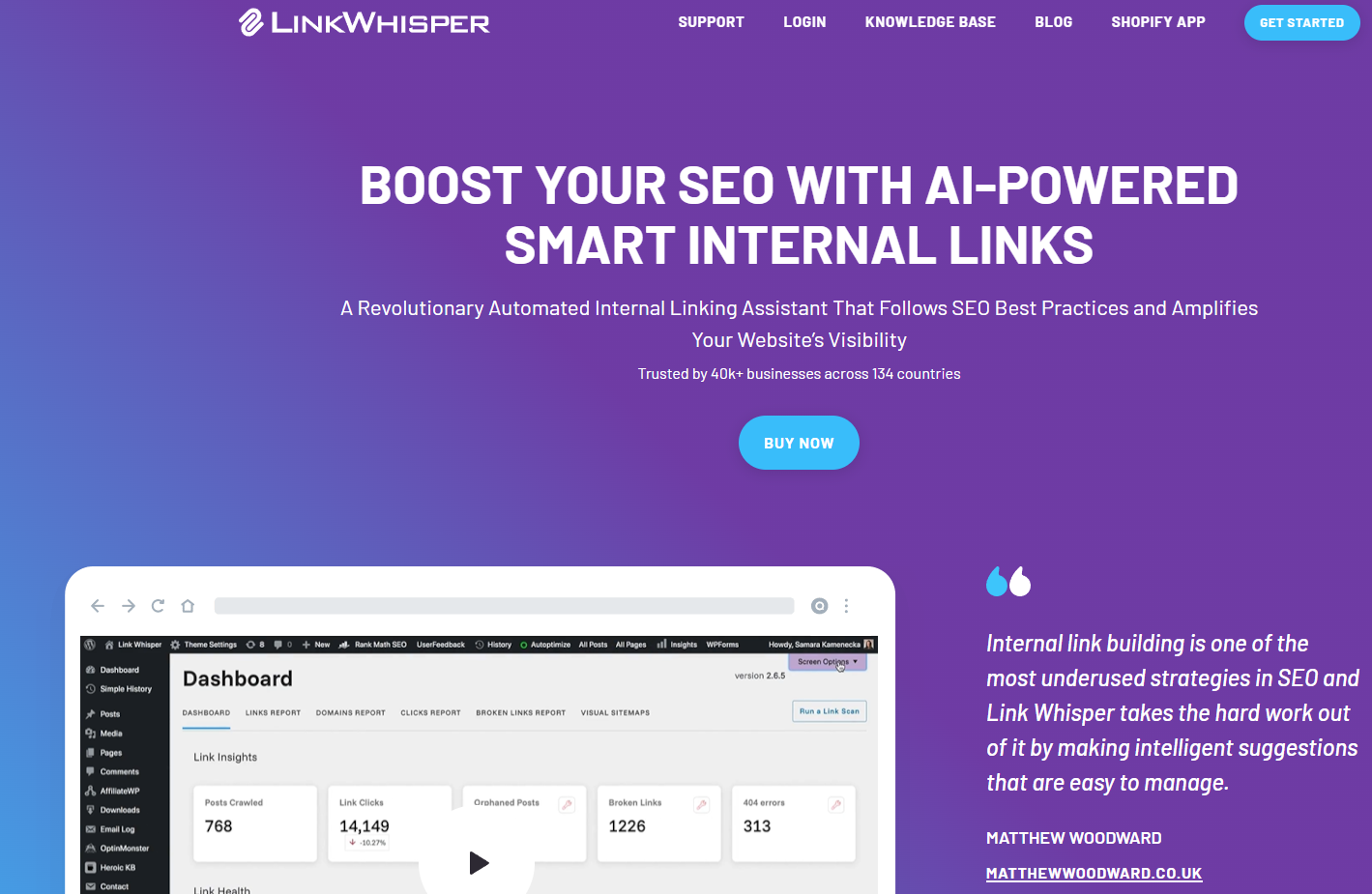Topical Authority: The New SEO Gold Standard


What if Google no longer ranks you for keywords, because it knows you’re not the expert?
The SEO game has evolved. AI models like Google’s BERT and MUM now power search, enabling machines to understand language like humans, context, nuance, and intent included. Gone are the days when keyword stuffing could push content to the top of search results.
In the age of AI-driven SEO, success means demonstrating that you’re the most reliable, comprehensive voice in your niche. That’s where topical authority steps in—and in this post, we’ll show you exactly how to build it.
Topical authority refers to your site’s perceived expertise and trustworthiness on a specific subject. It’s the result of producing consistent, high-quality content that covers a topic comprehensively, from beginner concepts to deep dives.
In simpler terms: If Google sees your site as the “go-to” resource for a topic, you have topical authority. You’re not just writing blog posts—you’re building a reputation.
Traditional SEO focused on single keywords, backlink counts, and surface-level optimization. But in the seo in age of AI, this approach often falls flat.
Here’s why topical authority wins:

Creating topical authority doesn’t happen overnight. It’s a process—one that can be broken into four main steps:
Start by identifying a core topic you want to “own.” Use tools like:
Then analyze competitors. What topics have they covered? Where are the gaps? This gives you a roadmap of what to cover—and what they’ve missed.
Organize your content into pillar pages (comprehensive guides) and cluster content (supporting blogs). Each cluster article should link back to the pillar page using clear anchor text, and vice versa.
For example, if your pillar is “AI Content Marketing,” your cluster pieces might include:
This structure builds semantic relevance and improves crawlability.
Topical authority isn’t just about text.
Relevant resources:
AI values freshness. Updating your content regularly:
Set a quarterly audit cycle for your key pieces. Update outdated stats, add internal links to newer content, and enhance outdated visuals.
Building topical authority is easier with the right tools. Here are a few AI-powered helpers:




Once your topical strategy is live, track these key performance indicators:
Use tools like:
Case 1: A SaaS Blog That 10x’d Organic Traffic
A small SaaS company in the project management space used topic clusters to dominate terms like “remote collaboration” and “agile tools.” They created a core pillar page supported by over 20 blog posts and tutorials. Within 6 months, their traffic grew by 10x, and several articles began ranking in AI-powered answer boxes.
Case 2: A Health Blog That Beat Larger Competitors
An independent health writer focused solely on “gut health.” By publishing deeply researched content, answering specific questions, and updating articles monthly, she built strong topical authority. Her blog now outranks major publishers for several gut-health-related terms.
Even with a great strategy, it’s easy to slip up. Watch out for:
Topical authority is more than a buzzword—it’s your best defense (and offense) in the seo in age of AI. As search engines evolve, your content must follow suit. Instead of chasing keywords, build topic ecosystems. Instead of publishing once, refresh often. And instead of gaming the system, become the authority.
Because in the AI era of search, trust, depth, and clarity are the true ranking factors.